Empowering Families in Kenya
Our Mission: To mentor families globally through self-reliance, education and entrepreneurship in an effort to eliminate physical, mental, spiritual and emotional poverty, while preserving culture and tradition.
10 Million People Live on Less than $1.90 per day in Kenya, Africa
Poverty is generational in Kenya. Change is slow. We've identified four recurring challenges keeping families in extreme poverty. We want to end it in the next generation. Keep reading to see how you can be involved!
Our Impact in Kenya Since 2015*
17000+
Sustainable Food
Projects
1660+
Clean Water
Projects
6000+
Education
Projects
8375+
Health
Projects
387
Expedition Travelers
*Numbers updated quarterly
Programs
When we choose projects to work on, we want to make sure that they fit within our model of Economic Development and Self-reliance in Families. These are the core projects we focus on for Sustainable Food, Clean Water, Education, and Health.
Watch our Sustainable Food Video

Garden Towers
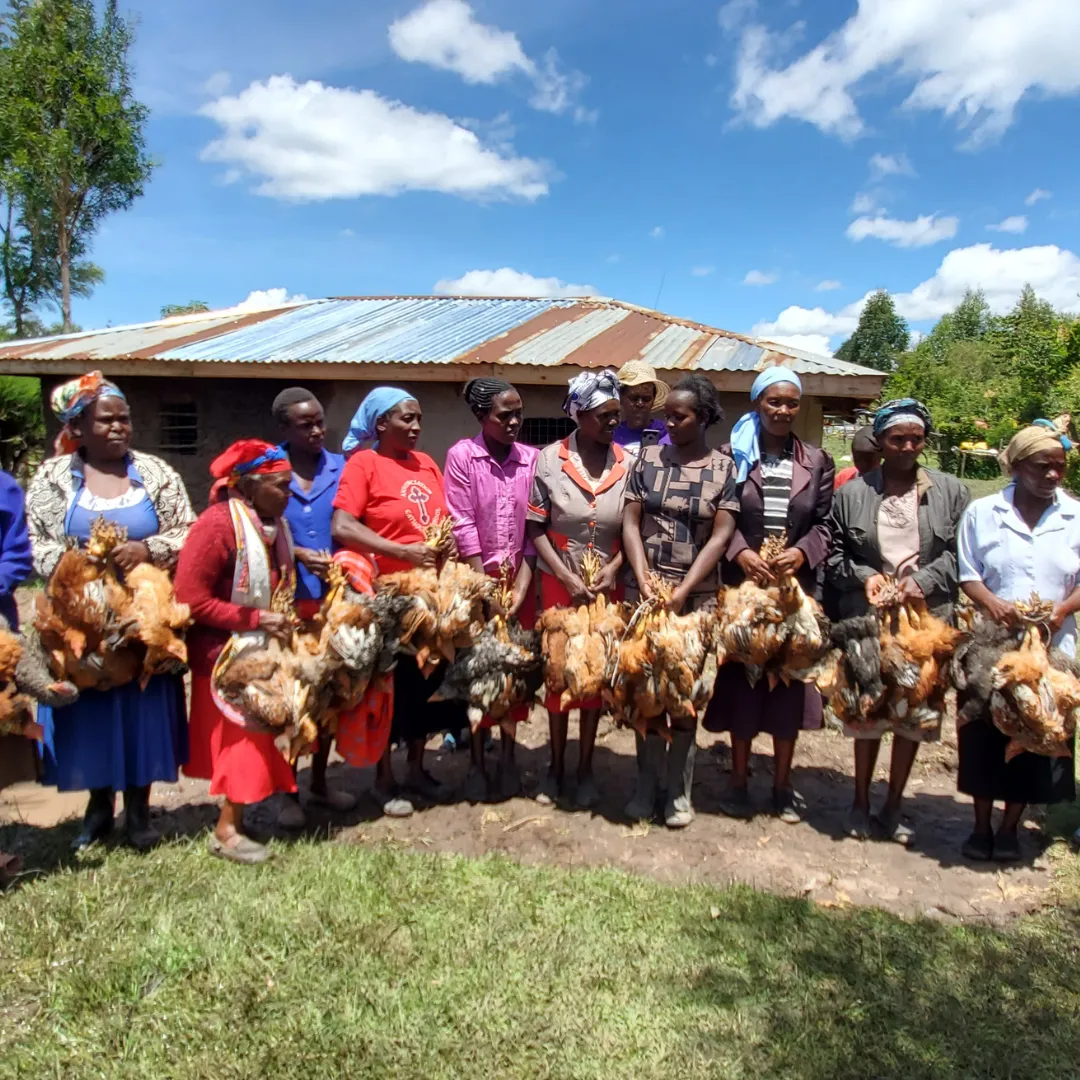
Chicken Businesses
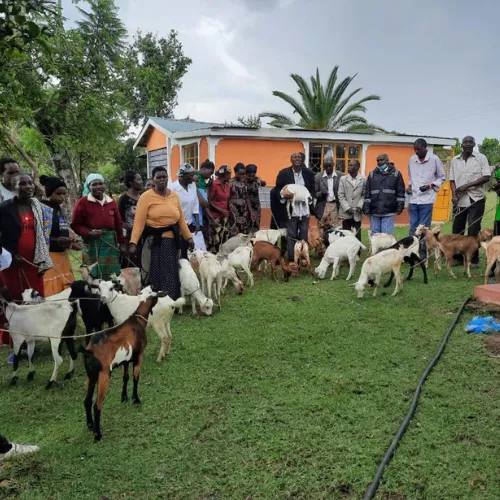
Goats

Rainwater Capture Tanks
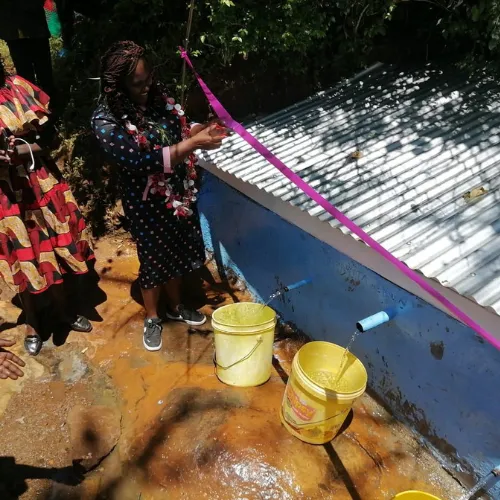
Spring Protection
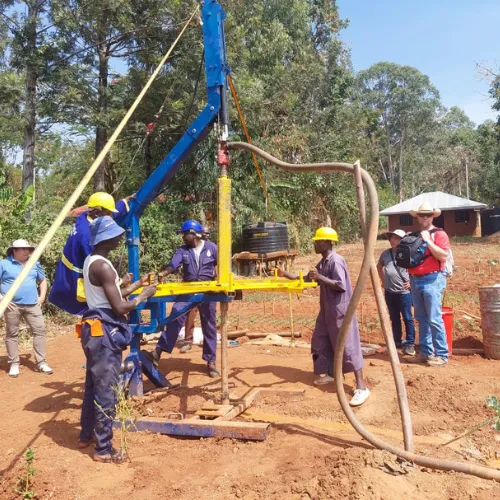
Boreholes
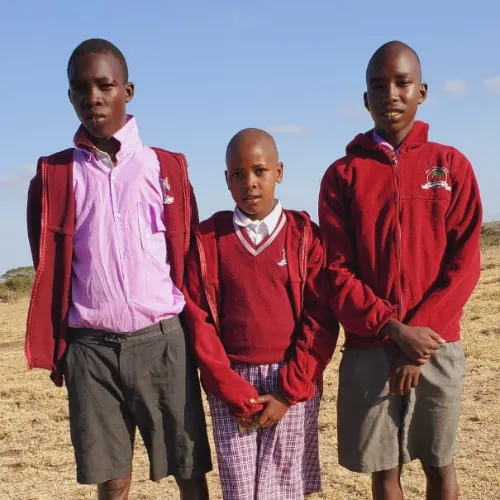
School Fees

Literacy
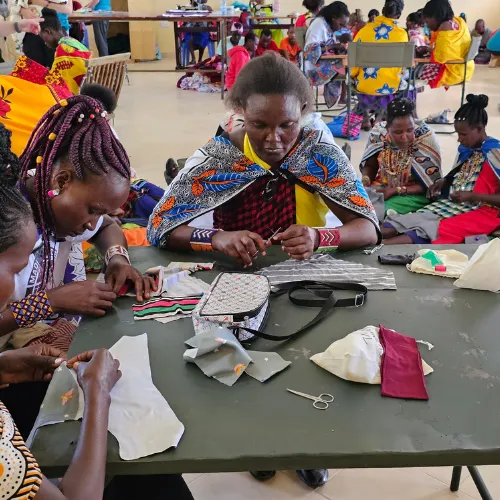
Skills Development
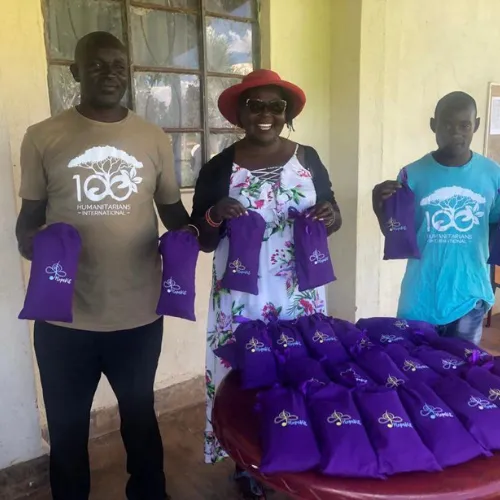
HopeKits
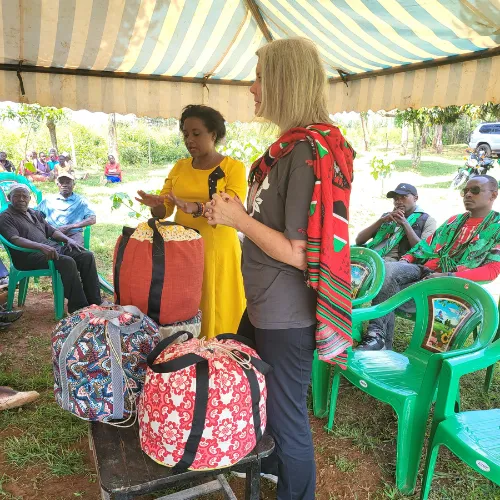
HopeSaCs

Nkoilale Dental Clinic
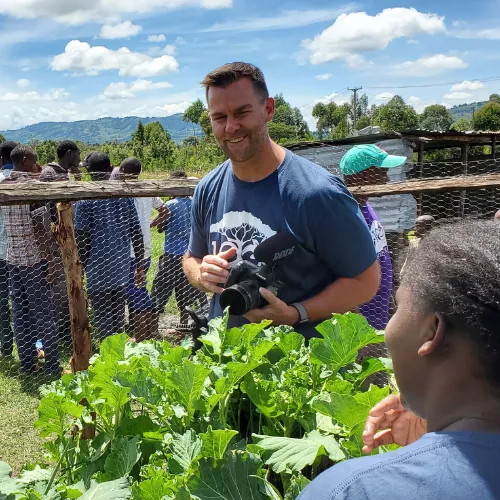
Partner Testimonial
This has been the most significant partnership we have ever made, and I am truly grateful for the 100 Humanitarians team, and how they have been so diligent and responsible for solving food security crisis in Kenya.
Brian Paul, President of The USANA Foundation
Get Involved with 100 Humanitarians International
Whether you want to donate, volunteer at a sew-a-thon, or join us in Kenya, we'd love to have you involved!

100% of your donation goes towards our projects & mission!

Join us on an epic expedition to Kenya! Service, Culture, and Safari.

Listen to our origin stories and learn about our programs on our podcast!

Watch our stories, and subscribe to our YouTube channel for ongoing updates!

We have several opportunities to volunteer and host service events!
Get Updated with 100 Humanitarians
Twice a month, we send project updates to your inbox, so that you know exactly where your donations go.
We also keep you updated on volunteer opportunities and expeditions to Kenya.

We will not sell your information to anyone, and you can opt-out at any time.
100 Humanitarians International is a 501(c)(3) nonprofit recognized by the IRS, and all donations to 100 Humanitarians International are tax-deductible in accordance with IRS regulations. EIN #82-1048388
South Jordan, Utah
801-432-0105
Social Media






